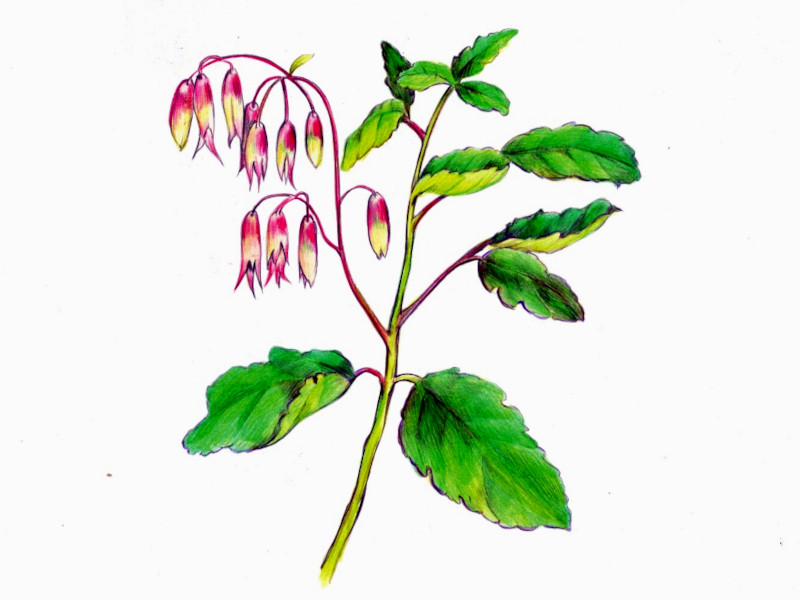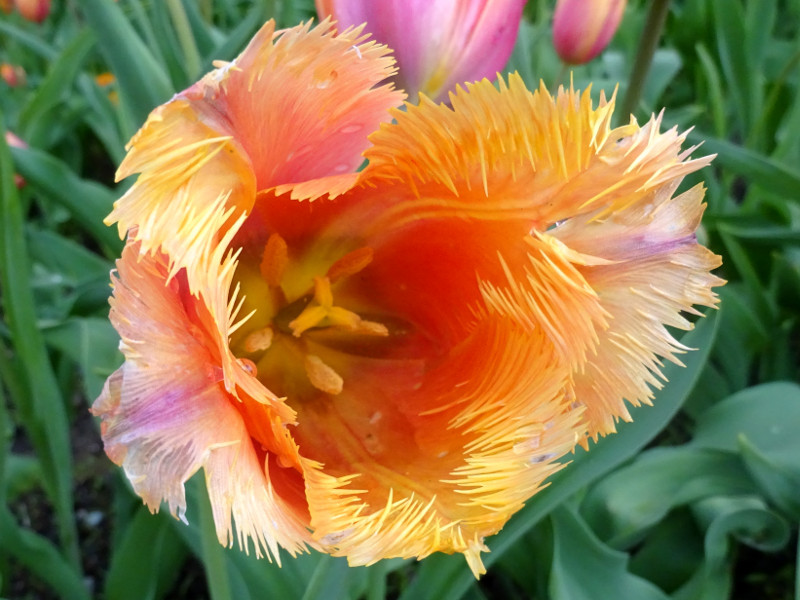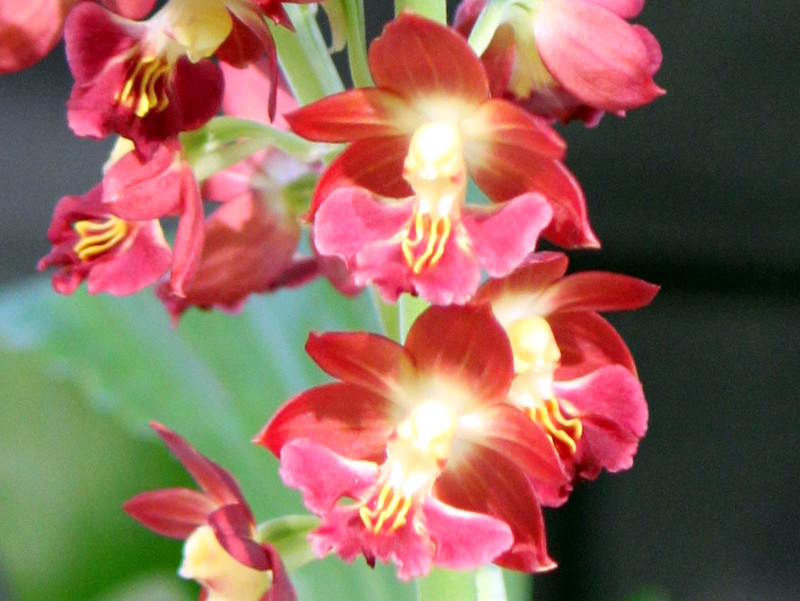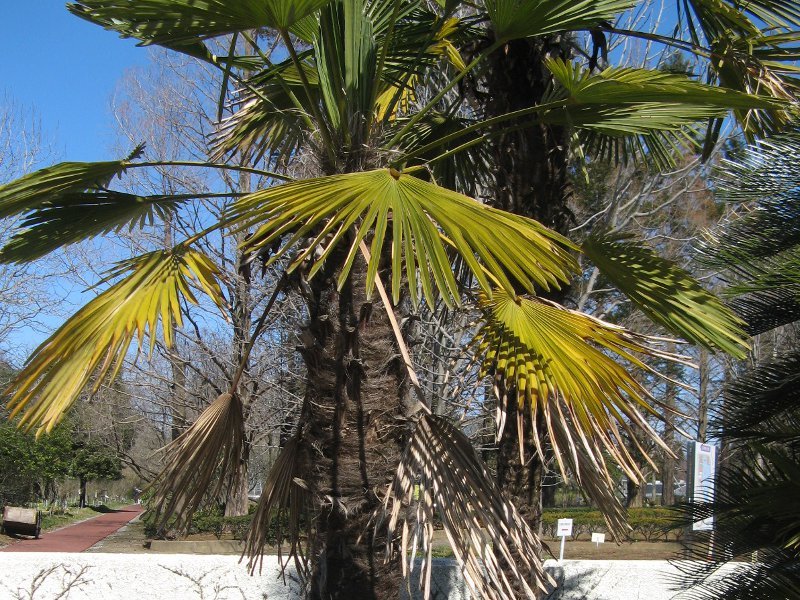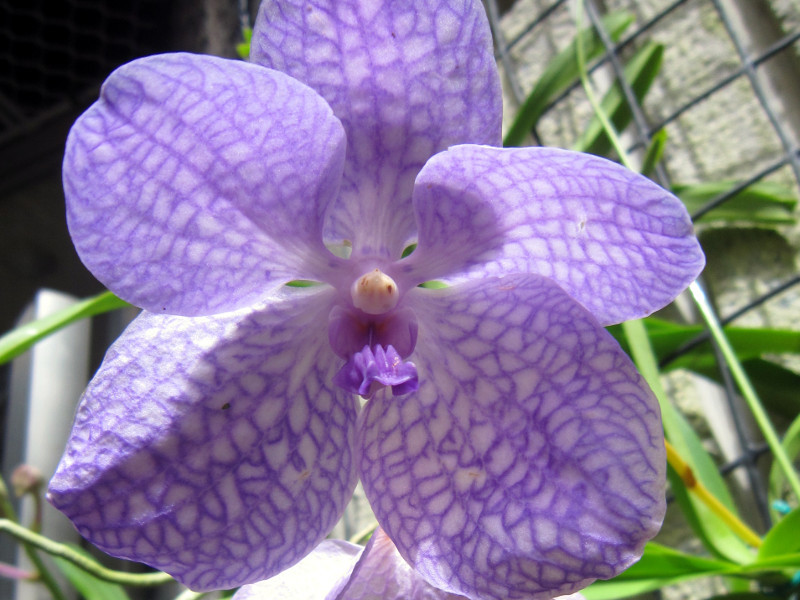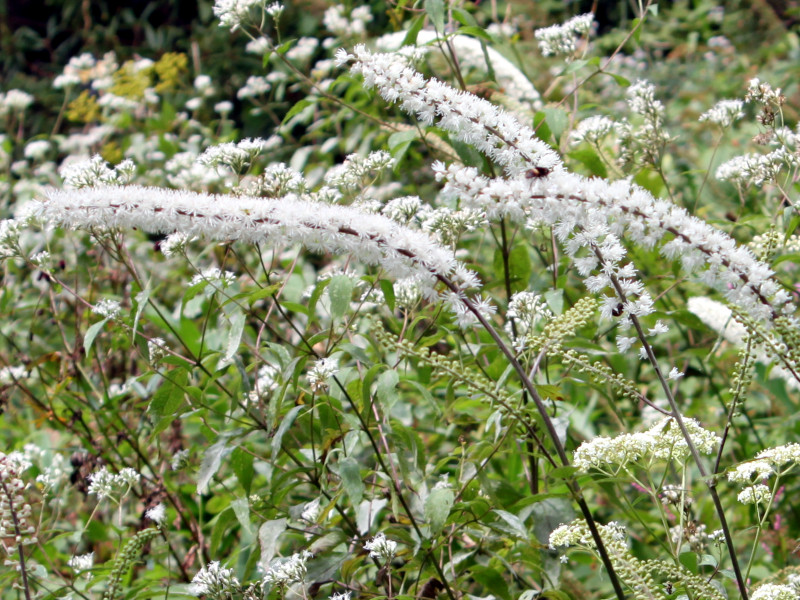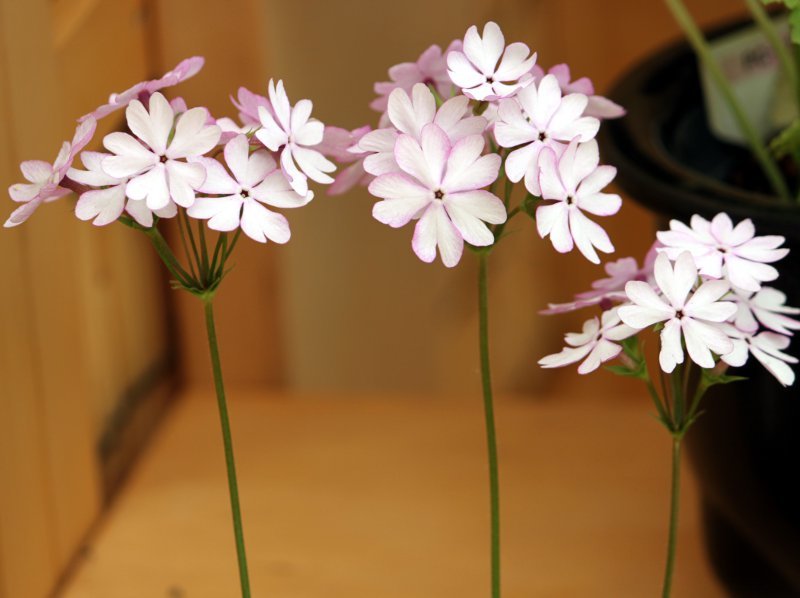Kalanchoe pinnata,
- Flower nameKalanchoe pinnata,
- Scientific nameKalanchoe pinnata
- Aliasトウロウソウ, 灯籠草, ハカラメ, 葉から芽, miother leaf, goodluck leaf, happy leaf, miracle leaf
- Place of originMadagascar
- Place of floweringGarden, Botanical Gardens, Potted flower, Ornamental plants
- Flowering seasonJanuary, February, March, December
What is Kalanchoe pinnata,
Kalanchoe pinnata, commonly known as leaf, goodluck leaf, happy lea, miracle leaf (scientific name: Kalanchoe pinnata) is a succulent perennial plant native to Madagascar, belonging to the Kalanchoe genus of the Crassulaceae family. It grows naturally in sunny and well-ventilated areas, such as along brushy paths. It is so vigorous that even if its leaves are immersed in water, roots emerge from the leaf margins, and when cotyledons form and fall to the soil, they reproduce. It is considered an invasive plant because it has naturalized in tropical and subtropical regions with the same climate as its native region, as well as in Asia, including Okinawa and the Ogasawara Islands in Japan, the South Pacific, and Hawaii.
It is tolerant of heat, drought, and salt damage, but not cold.
What kind of flowers does Ceylon benkei produce?
Kalanchoe pinnata, belongs to the Bryophyllum section of the Kalanchoe genus, a group that produces bell-shaped, downward-facing flowers with cotyledons attached to the leaf margins.
The herbs are 0.5 to 2 m tall, and the stems are thick-walled, cylindrical, and erect, but they are easily broken, and they multiply by producing roots from the nodes of the overturned stems and producing twin leaves. Young shoots are red. The leaves are thick-fleshed, single-leaved and elliptic at the base, but compound in pairs of 3 to 5 at the top. The leaf margins are serrated, and they are attached to the branches in pairs. A concentrated inflorescence grows from the apex of the flower stalk and many salmon pink, bell-shaped, flower-like sepals hang from it. The lower part of the calyx then opens to reveal red petals. The four petals unite at the bottom to form a tube. In the center of the flower are 8 stamens and 4 pistils of the pistil. In its native area, it blooms year-round, but usually from January to April. After flowering, a 1 to 1.5 cm long capsule is produced.
A lucky plant
It is also known as "miother leaf," "goodluck leaf," "happy leaf," "lucky leaf," or "miracle leaf" because the plant produces shoots from the edge of the leaf. Reproduction is by asexual reproduction, or cloning, in which an adventitious bud is produced from a leaf that has fallen to the ground.
Origin of flower name
The genus name "Kalanchoe" is said to have been given by the French botanist Michel Anderson in honor of the Chinese name "伽蓝菜. The species ame "pinnata" is the feminine form of pinnatus, meaning "winged or feathery. Later, Christiaan Hendrik Persoon reclassified it as Kalanchoe.
Common name: Kalanchoe pinnata, scientific name: Kalanchoe pinnata, other names: mother leaf, goodluck leaf, happy leaf, leaf bud, miracle leaf, lucky leaf, origin: Madagascar, height: 0.5-2 m, stem: thick and cylindrical, young shoots: red, leaf texture: thick, leaf shape: single leaf elliptic (base), 3-5 leaf pairs (upper), leaf length: 10-30 leaf margin: serrate; inflorescence: opposite; inflorescence shape: clustered; calyx color: pink, orange; calyx shape: bell-shaped, oblong, lantern-shaped; actual flower color: red; actual flower shape: tubular with 4 lobes; flowering season: January to April; stamens: 8, pistils: 4; fruit type: capsule; fruit length: 1 to Fruit type: capsule, fruit length: 1-1.5 cm, Uses: ornamental plant, potted plant, cut flower, garden plant, Note: loved by Johann Wolfgang von Goethe, Note: contains toxic compounds bufadienolide and phenanthrene, which may cause ataxia and serious irregular heartbeat in cattle and other grazing animals. and in traditional medicine, a remedy for high blood pressure, headache, fever, and cancer.
